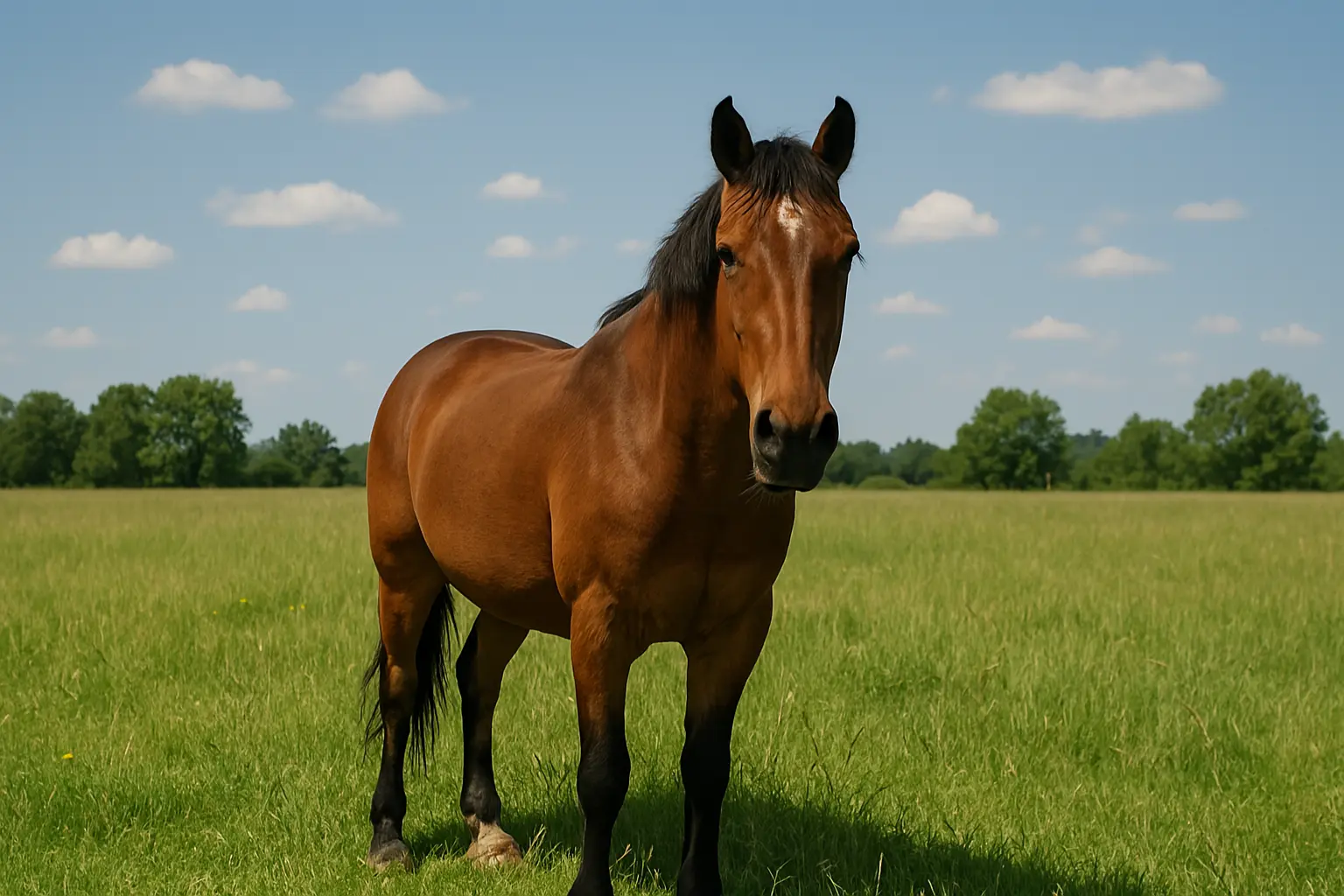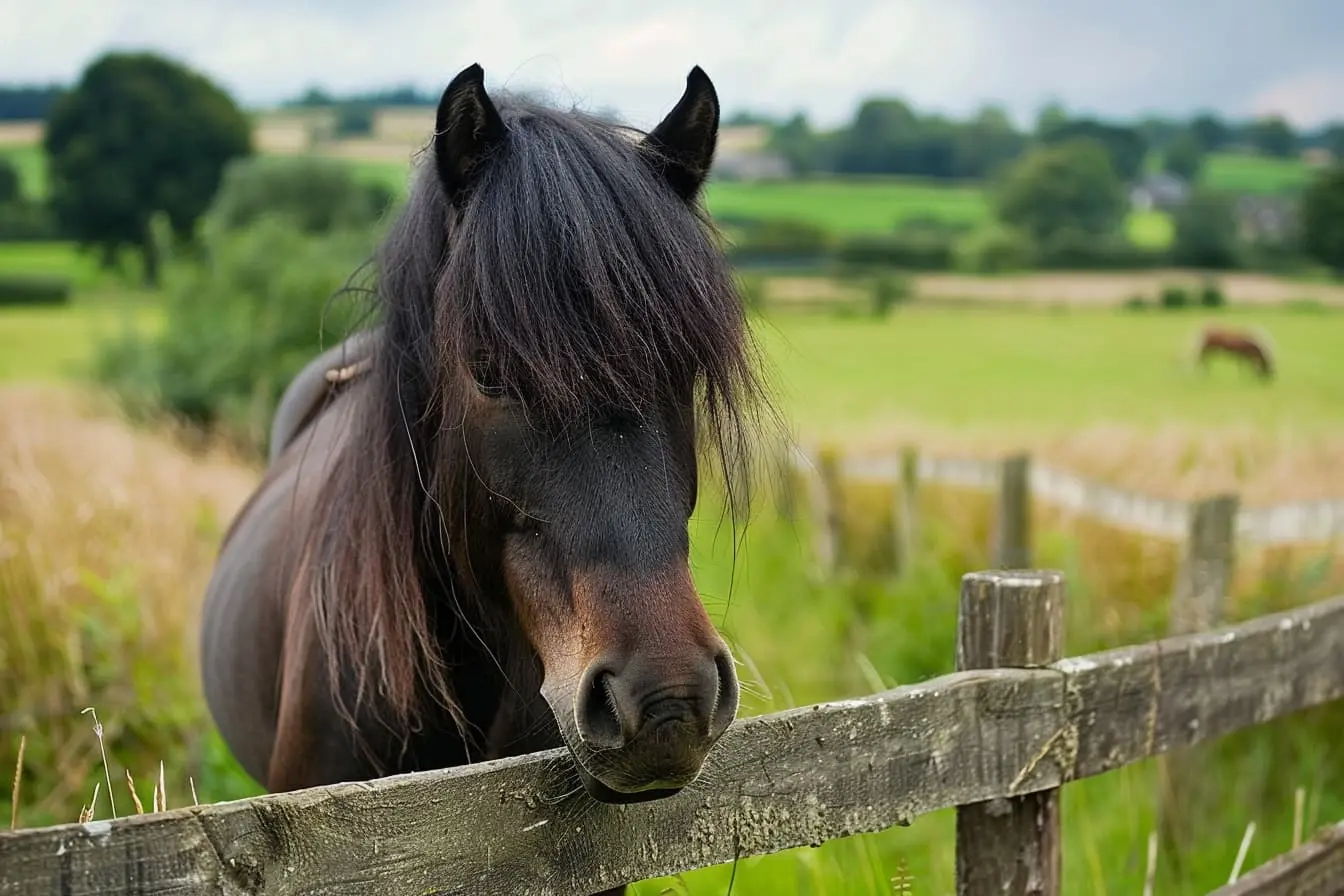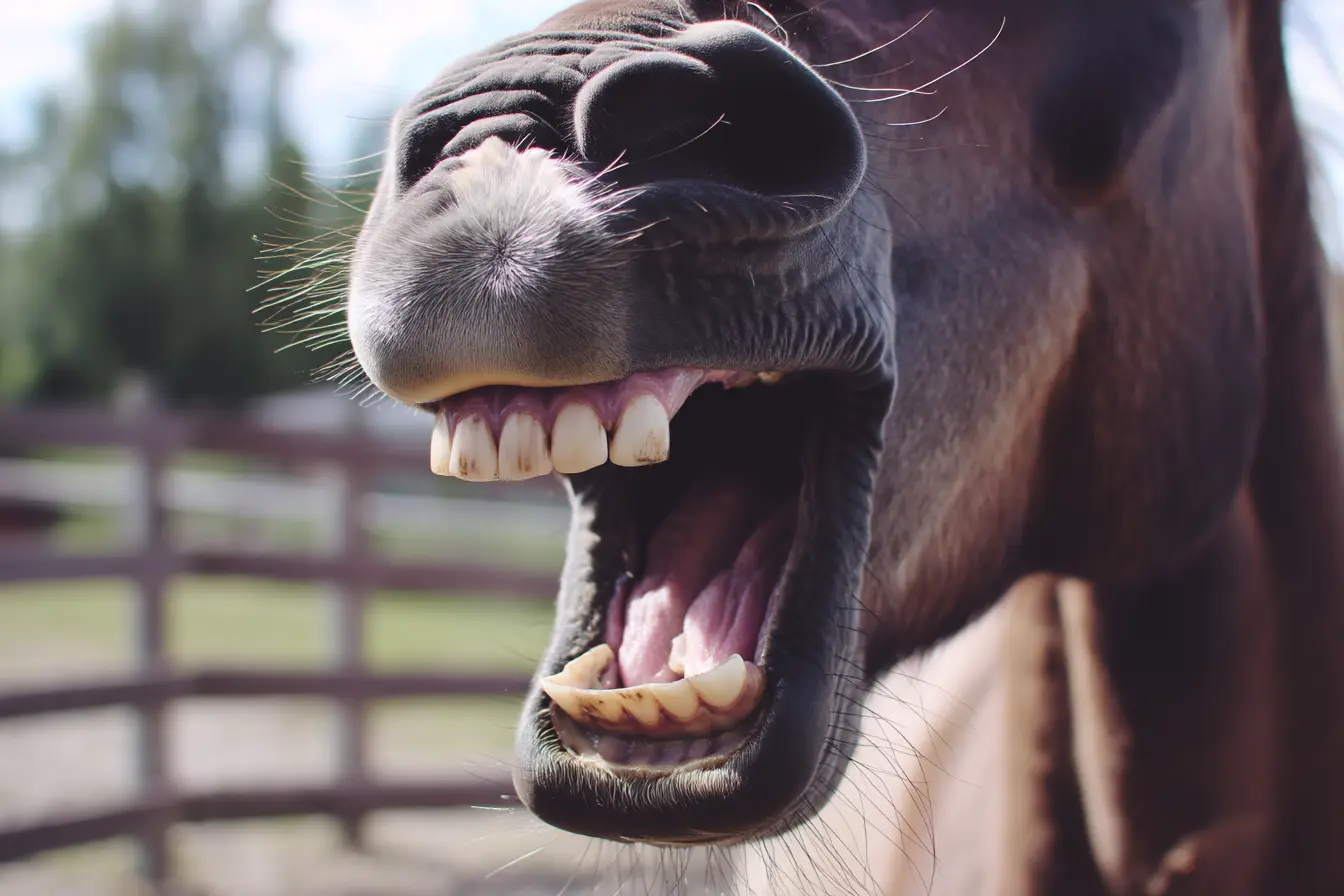
Understanding Equine Arthritis
Arthritis is one of the most common causes of lameness and decreased performance in horses. While it's often associated with older animals, arthritis can affect horses of all ages and disciplines. Understanding the condition, its causes, diagnosis, and management is essential for horse owners, riders, and caretakers.
This comprehensive guide explores everything you need to know about equine arthritis, including types, symptoms, diagnosis, treatment options, and preventative strategies.
What is equine arthritis
Arthritis, also known as osteoarthritis (OA) or degenerative joint disease (DJD), is a progressive and often irreversible condition characterised by inflammation and deterioration of the joints. Over time, the cartilage that cushions the joint surfaces wears down, leading to pain, swelling, reduced mobility, and ultimately joint deformity.
Types of equine arthritis
There are several forms of arthritis that may affect horses:
Osteoarthritis
The most common type, caused by wear and tear on the joints. It may result from repetitive stress, trauma, or ageing.
Septic arthritis
An infection in the joint caused by bacteria or, less commonly, fungi. It usually occurs after injury or surgery and is considered a medical emergency.
Immune-mediated arthritis
A rare form where the horse's immune system mistakenly attacks its own joint tissues, often linked to systemic disease or infections.
Traumatic arthritis
Arthritis triggered by acute injury or trauma to the joint, such as a fall, kick, or severe sprain. Even if the joint appears to recover, long-term damage may result in arthritis.
Symptoms of equine arthritis
Recognising the early signs of arthritis is crucial to slowing its progression. Common symptoms include:
- Lameness or stiffness, especially after rest or during cold weather
- Swelling or heat around the joints
- Reluctance to work or changes in performance
- Resistance to being saddled or groomed
- Reduced range of motion or visible joint deformity
- Shortened stride or uneven gait
Symptoms may come on gradually, making them easy to dismiss as minor issues, especially in the early stages.
Diagnosing arthritis in horses
A veterinary diagnosis is essential for proper treatment. Diagnosis typically involves:
- A full physical and lameness exam
- Flexion tests to assess joint pain and mobility
- Nerve blocks to localise the source of lameness
- Imaging techniques such as X-rays, ultrasound, or MRI to detect joint changes
- Joint fluid analysis in cases where infection or immune-mediated causes are suspected
Treatment options for equine arthritis
While arthritis is not curable, early and consistent treatment can slow its progression and improve quality of life.
Medication
- Non-steroidal anti-inflammatory drugs (NSAIDs) such as phenylbutazone (bute) or firocoxib help manage pain and inflammation.
- Corticosteroid injections into affected joints may reduce inflammation temporarily.
- Disease-modifying osteoarthritis drugs (DMOADs) like polysulfated glycosaminoglycans can help protect cartilage.
Joint supplements
Oral or injectable supplements such as glucosamine, chondroitin sulphate, MSM, and hyaluronic acid may support joint health.
Physical therapy
Controlled exercise, hydrotherapy, and stretching can help maintain joint mobility and muscle tone.
Alternative therapies
Acupuncture, chiropractic adjustments, and shockwave therapy may provide relief and improve joint function in some horses.
Surgery
In advanced cases, arthroscopic surgery can be used to remove bone fragments or damaged cartilage, though this is generally a last resort.
Managing a horse with arthritis
Long-term management focuses on keeping the horse comfortable and mobile. Key strategies include:
- Consistent, low-impact exercise to keep joints moving
- Turnout and pasture access to prevent stiffness
- Weight management to reduce strain on joints
- Regular hoof care and balanced trimming
- Supportive shoeing or hoof boots
- Warm-up and cool-down routines to avoid sudden joint stress
Preventing equine arthritis
While not all arthritis can be prevented, the risk can be minimised with good care and management:
- Avoid overworking young or immature horses
- Introduce training gradually and maintain a balanced exercise regime
- Use proper footing in arenas and turnout areas
- Treat injuries promptly and fully before resuming work
- Provide good nutrition to support joint and overall health
- Schedule regular veterinary check-ups
Conclusion
Equine arthritis is a common and often frustrating condition, but with early detection, proper management, and consistent care, horses with arthritis can continue to lead active and fulfilling lives. Education, observation, and collaboration with your vet are the most powerful tools in ensuring your horse’s comfort and longevity.
If you suspect your horse may be developing arthritis, don’t wait—early intervention can make all the difference.
Vets near you
Speciality vets
- Aquatics vet specialists
- Birds vet specialists
- Camelids vet specialists
- Cats vet specialists
- Cattle vet specialists
- Deer vet specialists
- Dogs vet specialists
- Equines vet specialists
- Exotic vet specialists
- Goats vet specialists
- Pigs vet specialists
- Poultry vet specialists
- Sheep vet specialists
- Small Mammals vet specialists
- Wild vet specialists









